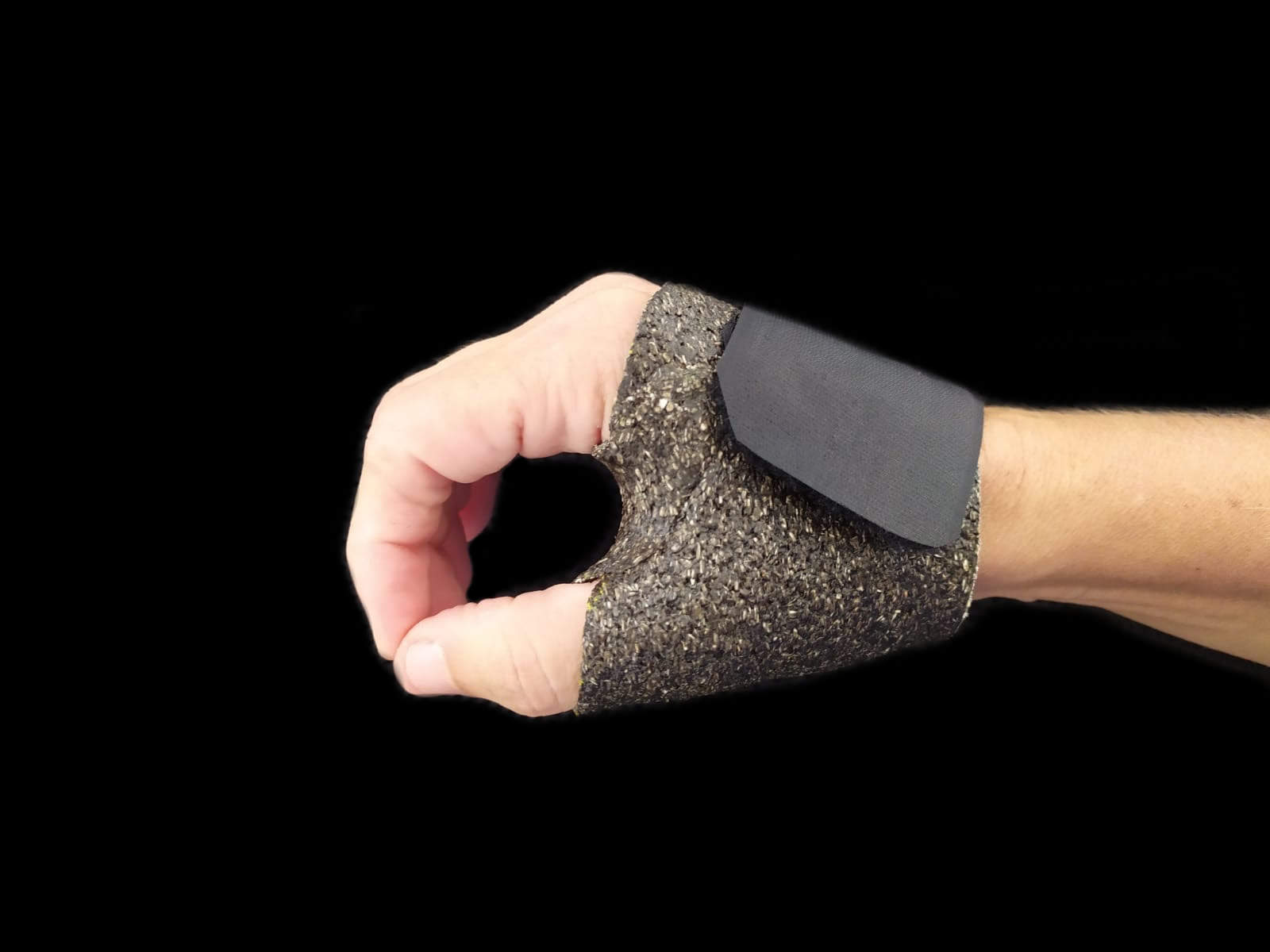
IBACMA Custom made splints
Splints, made by the expert IBACMA hand therapists, are an essential tool on many occasions during the process of treatment or recovery of hand and wrist injuries.
The splints are made of moldable material at low temperature on the patient's hand and this allows us to customize its design and adapt it to its particular characteristics. Different types of splints can be performed, depending on their function.
Your hand surgeon and your hand therapist will advise you on the best splint for the problem you are experiencing and how you should use it.
Custom splints
The splint serves to immobilize and protect the joints or bones while they heal. Follow the instructions given by your hand therapist and if you have any questions, ask!
How long do I have to wear the splint?
Your hand surgeon or hand therapist will give you instructions on how long the splint should take. You will be told if you should use it:
☐ Full time, day and night. You must always wear a splint. Removing the splint can carry risks. Depending on the clinical course, your doctor or therapist may give you different indications.
☐ Full time, except for exercise and bathing.
☐ Only at night and during rest periods.
☐ Only during the day.
PRECAUTIONS
- Keep the splint away from the flames so it will burn.
- Keep the splint away from heat, water heaters or sunlight, such as in a closed car exposed to the sun. Excessive heat will cause the splint to deform.
- Keep your hand and forearm elevated while in bed or when sitting.
- If the splint causes any of these problems, remove the splint and consult your therapist:
- Excessive pressure in an area, with the appearance of wounds or red marks that do not disappear an hour after the splint is removed
- Increased swelling of the fingers
- Stiffness, pain or numbness of the fingers or hand
- Blisters
KEEP THE SPLINT ALWAYS DRY!
It is common that after a few days of using the splint, it smells bad. This is because the splint increases body temperature in this region and causes moisture to accumulate. Over time, this can cause skin deterioration and a bad smell. Therefore, the key to control bad smelling is to control humidity and always keep the splint and hands dry.
How to clean the splint?
If you have been told that the splint can be removed, it is a good time to clean it.
- Clean the splint with cold water, soap and rub with a small brush (for example a toothbrush).
- Rub the inside of the splint with alcohol to reduce the smell.
- Hand wash the splint and velcro straps with warm soapy water and then air dry.
- A dryer can be used but with cold air, never hot!
Hand therapy treatments
At IBACMA we offer hand therapy treatments. Ask your surgeon or hand therapist. More information at www.ibacma.com
Tots els artícles